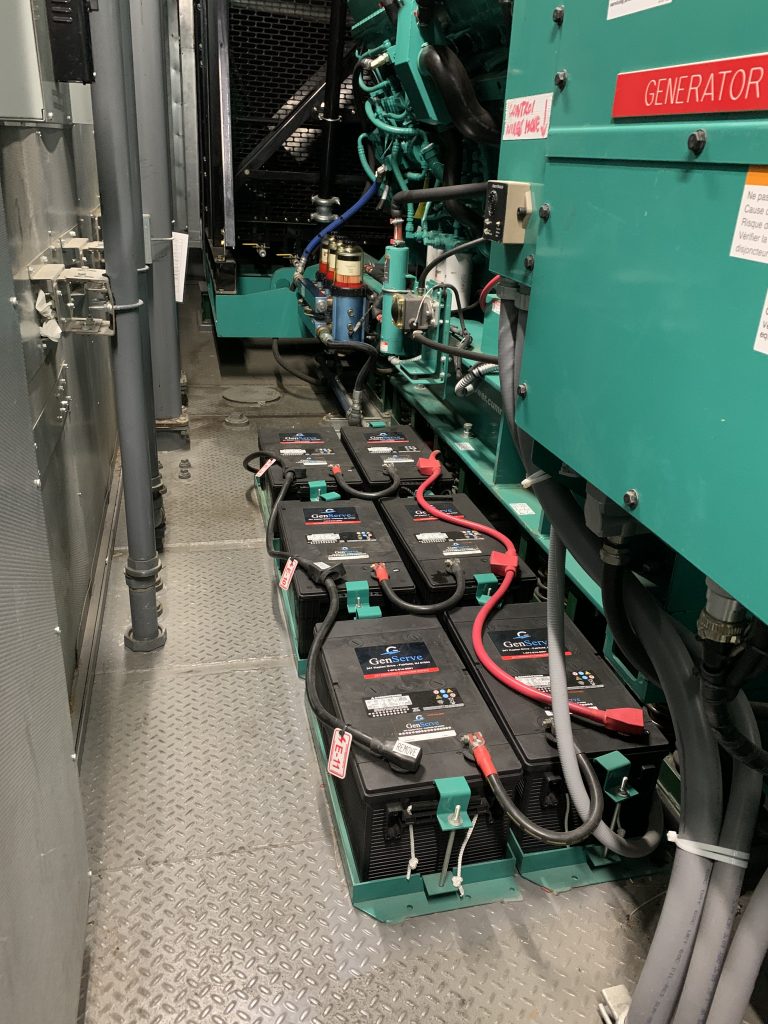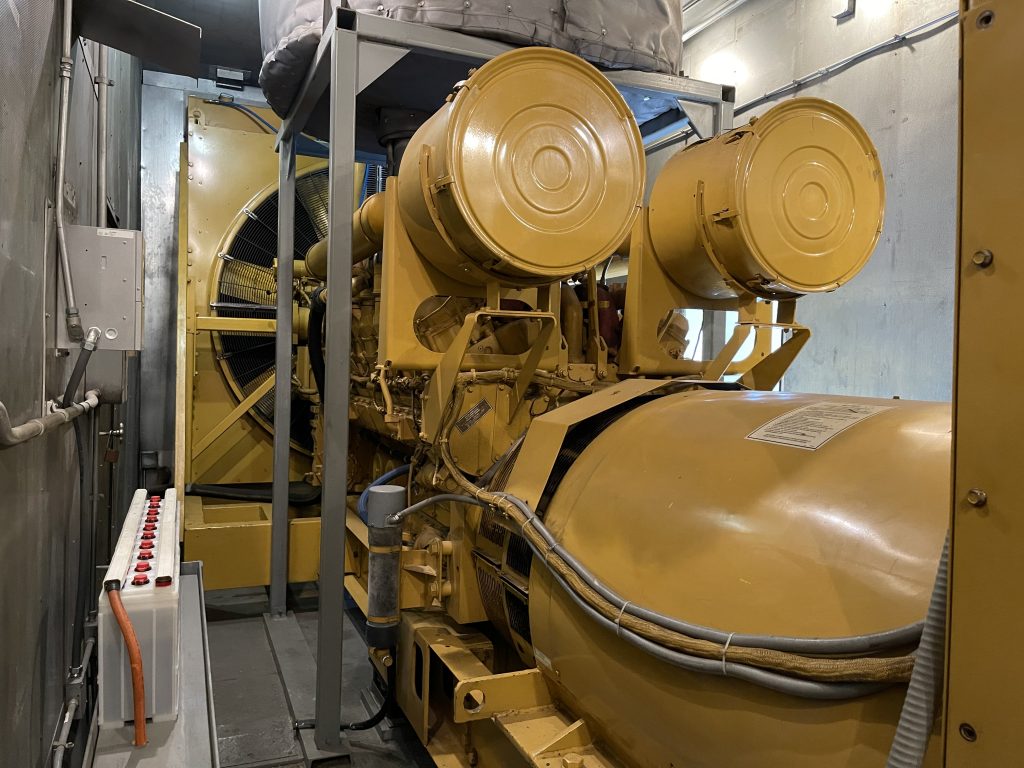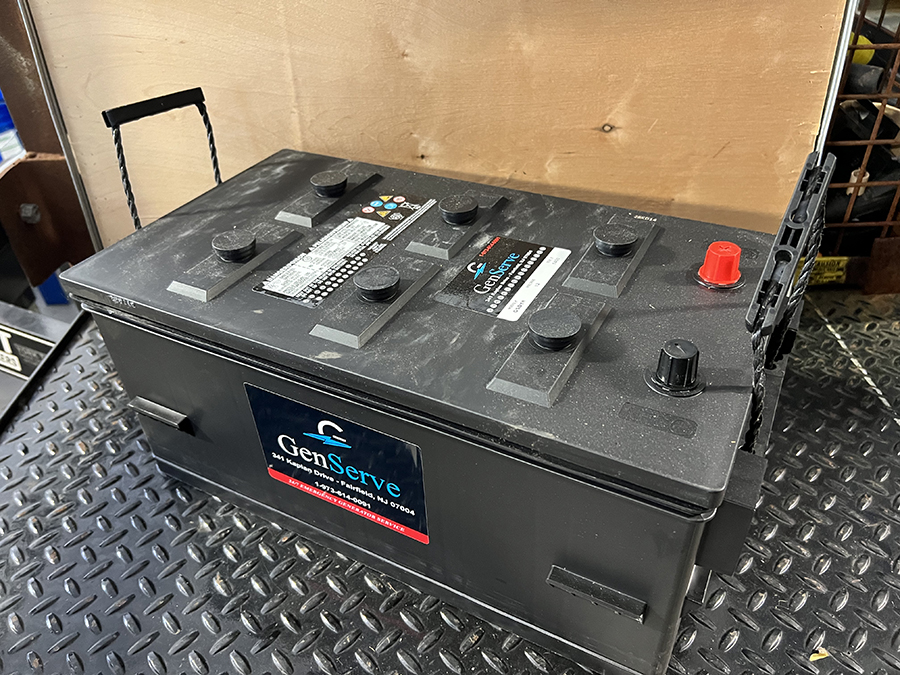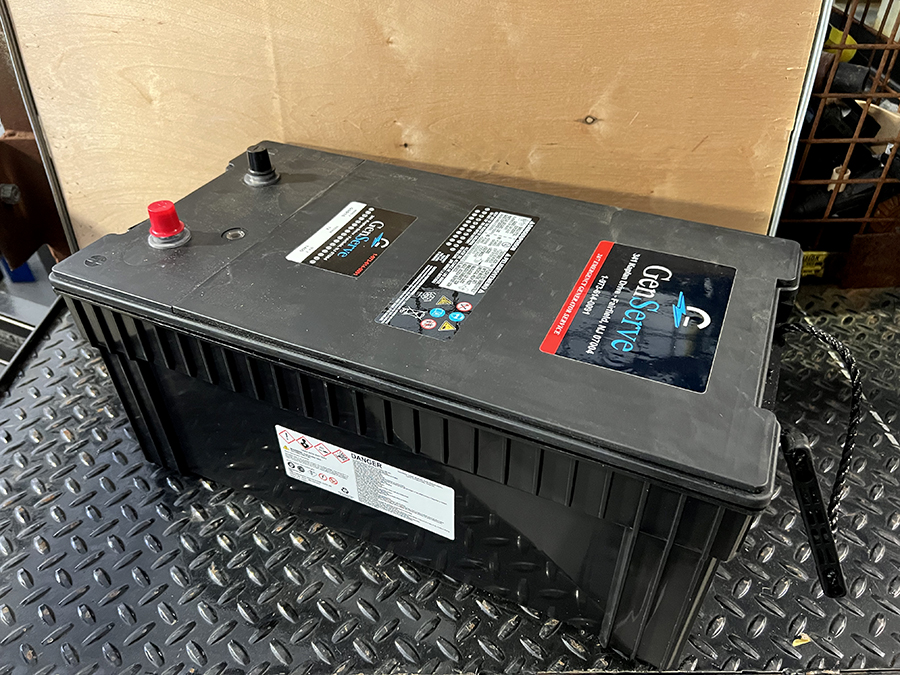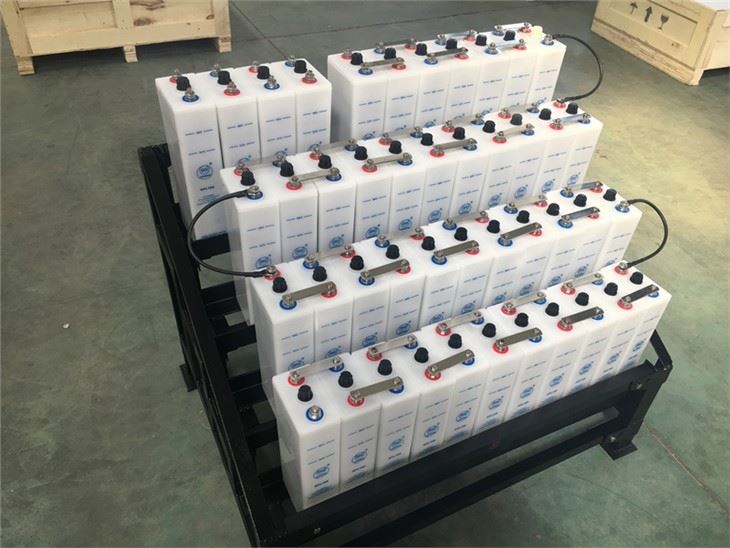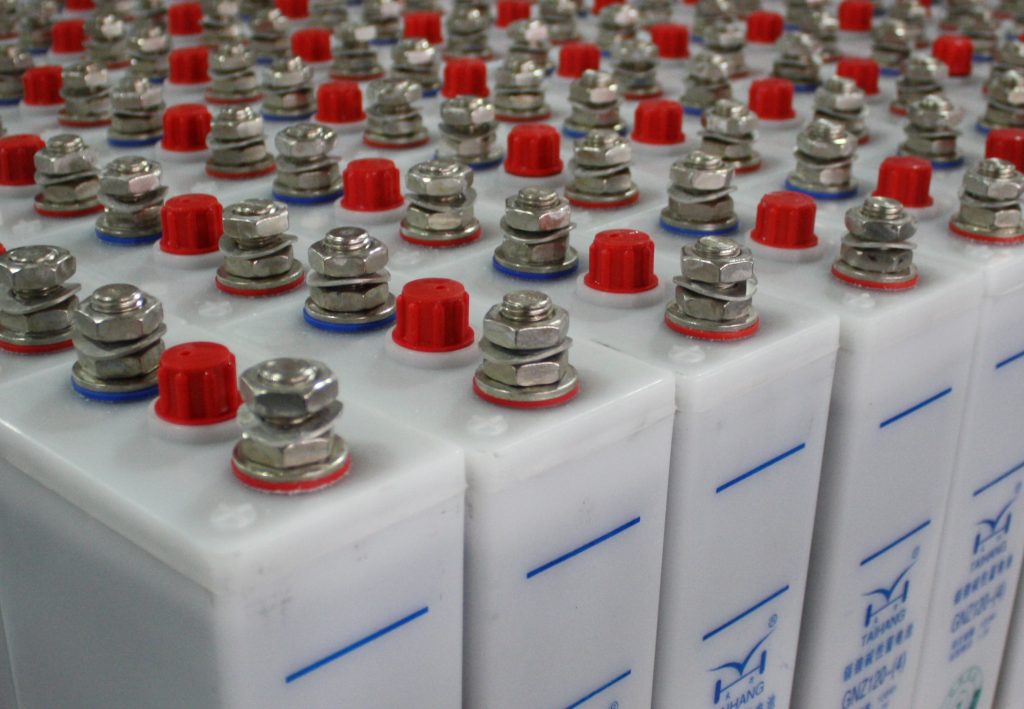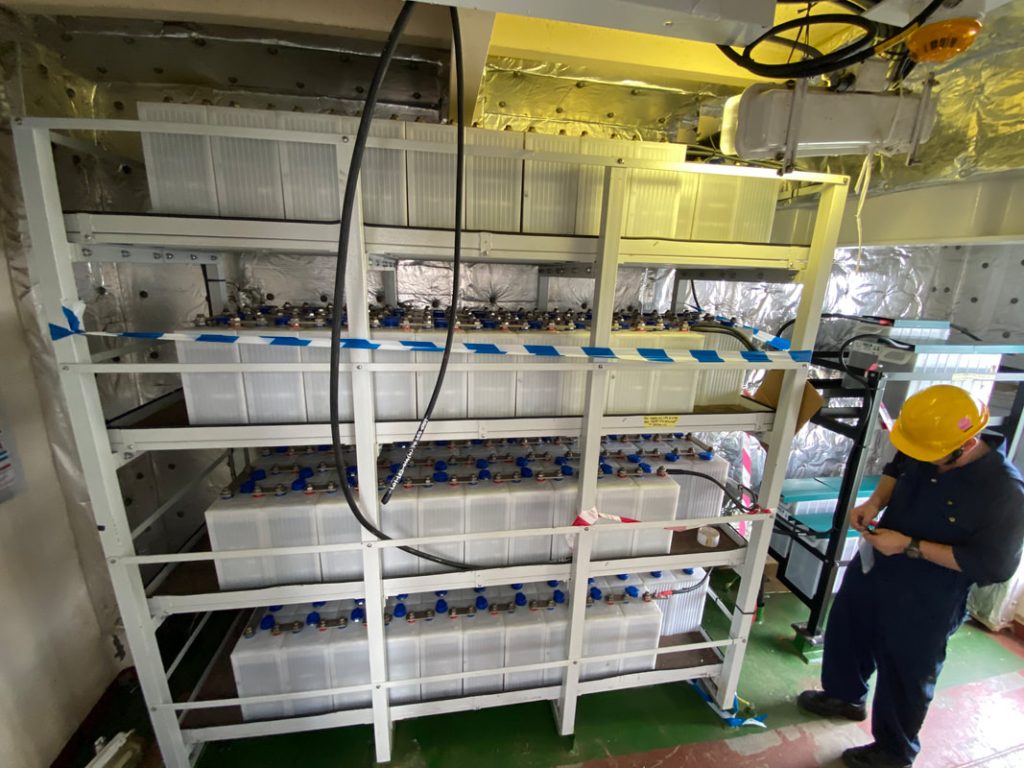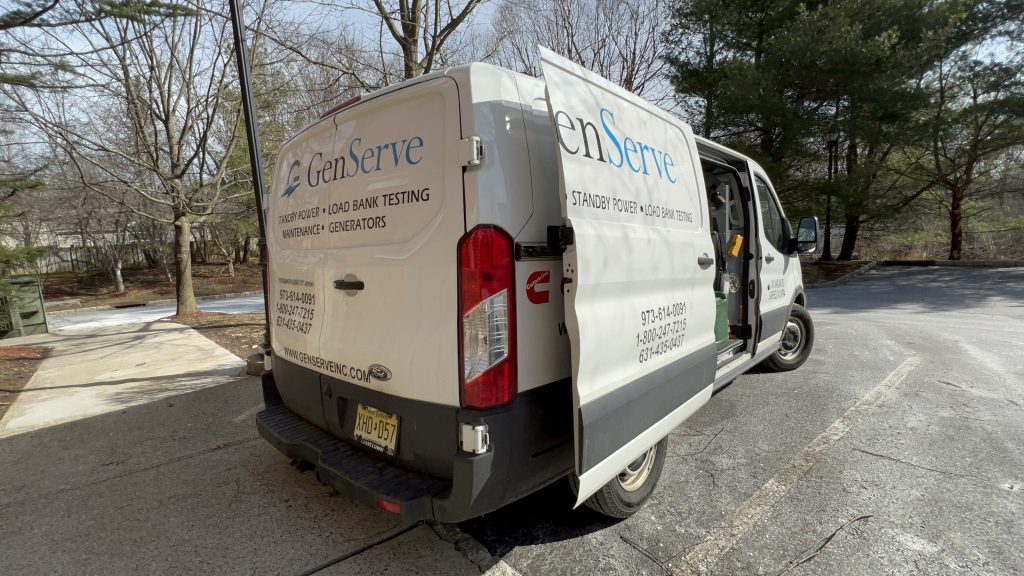Air Quality Overview
In the United States, the EPA has created what is known as the Air Quality Index which measures and reports on air quality. While the intention of the Air Quality Index (AQI) when it was initially developed was to protect the general public from hazardous levels of pollutants that may be present in the ozone, the AQI has since been expanded to govern the use of emergency backup power generators.
© 2023 GenServe Inc. All rights reserved. Privacy Policy
